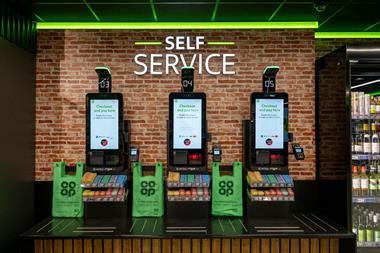Data, even anonymised, creates interesting opportunities for retailers
Data, even anonymised, creates interesting opportunities for retailers
When Jeff Bezos started Amazon in 1995, he understood that one of the key things that internet shopping would yield was vast amounts of personal data. And boy, was he right!
Fits.me isn’t in the business of collecting personal data like Amazon or other online shopping entities do but, being internet based, we do see vast amounts of anonymous measurement data. We are able to see the measurements that people submit to our virtual fitting rooms across our client base, and which city or region they come from – but that’s it. But it turns out that this is quite granular enough to produce some interesting findings for retailers.
This week we looked at waist measurements for men and discovered a full inch difference in the average waist measurements of men from Brighton and of Birmingham. Perhaps that doesn’t sound like much to you, but for me it brings to mind two things – one real, one perception.
The first is that if, as a retailer with stores in every urban centre, you knew that the average waist is larger in Birmingham than in Brighton, then might you alter – weight, if you like! - the quantities of each size that you send to your stores in those places, to better match your customers there? We are talking about an inch of real difference.
The second is this. We tend to measure ourselves by yardsticks that are familiar to us. It’s entirely possible that someone living in a location where people are generally larger might look at themselves and perceive themselves to be, say, a size M – based on a comparison with those around them whom they believe to be a size L. But, in reality, that person might actually be a typical size L, while those around them are an XL.
However their perception is based on what is familiar to them. Size charts make no allowance for perception, nor does sizing in general. It’s not even a mistake that everyone will make. But – as the popularity of vanity-sizing proves – people really do like to kid themselves that they are smaller than they really are. I suspect that, by adding an inch of real difference to a couple of inches of perception difference, we have identified another reason why people so often buy the wrong size clothes and need to return them.


























No comments yet